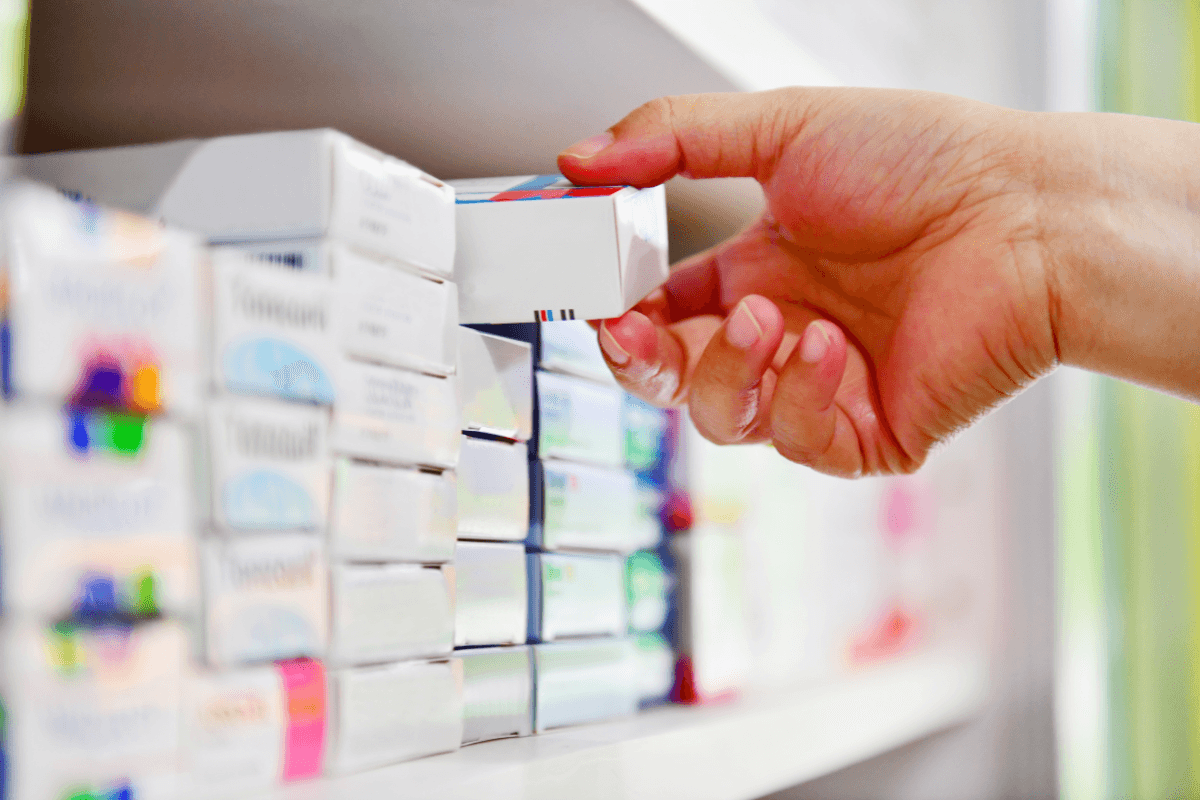Summary: When deciding between Trulicity vs Mounjaro for type 2 diabetes management, it’s essential to weigh their benefits and drawbacks. Trulicity effectively lowers blood glucose and offers cardiovascular benefits, while Mounjaro’s dual receptor action may enhance blood sugar control and promote more significant weight loss.
When managing type 2 diabetes, choosing the proper medicine is critical for good health and accurate blood sugar management. Trulicity and Mounjaro, two popular drugs, have emerged as market leaders in diabetes management. Each has its own set of advantages and disadvantages. This article will go over the important differences, benefits, and potential drawbacks of Trulicity and Mounjaro to help you make an informed selection.
Understanding Trulicity and Mounjaro
Trulicity’s action involves binding to and activating GLP-1 (glucagon-like peptide-1) receptors. This complex action promotes better glucose management, making it a preferred choice for many type 2 diabetes patients. Trulicity, which is administered once weekly via a simple injection, is well-known for its simplicity and ability to reduce HbA1c levels drastically. It has also been demonstrated to help with minor weight loss, which is advantageous for many type 2 diabetes patients.
Mounjaro’s ability to target both receptors is a novel approach to diabetes management, with the potential for increased efficacy in decreasing blood glucose levels. Mounjaro, like Trulicity, is delivered once weekly via injection, providing similar convenience while also benefiting from dual receptor activity. Besides diabetes care, Mounjaro for weight loss offers additional benefits, making it a promising alternative for many people seeking effective weight management solutions.
How They Work
Trulicity stimulates the pancreas’ release of insulin when blood sugar levels rise after eating, hence lowering blood glucose levels. It also inhibits the release of glucagon, a hormone that raises blood sugar levels by stimulating glucose synthesis in the liver, lowering overall blood sugar levels. Trulicity also slows the emptying of stomach contents into the small intestine, which helps to regulate postprandial (after meal) blood sugar rises.
On the other hand, Mounjaro stimulates the pancreas to release insulin in response to increased blood sugar levels. It also helps to reduce glucagon secretion, which reduces the liver’s glucose synthesis. Furthermore, Mounjaro slows stomach emptying, which helps to manage postprandial blood sugar levels.
Trulicity vs Mounjaro: Efficacy and Benefits
Trulicity (dulaglutide) and Mounjaro (tirzepatide) are two major drugs that have shown great promise in reducing blood glucose levels while also providing other health advantages. This comparison will look at the efficacy and benefits of both treatments, emphasizing their distinct processes, clinical outcomes, and overall impact on diabetes care.
Blood Sugar Control
Both medicines significantly reduce HbA1c levels. However, Mounjaro has shown slightly higher efficacy in some tests, possibly due to its dual receptor activity.
Weight Management
Both drugs are connected with weight loss, which is a significant advantage for many people with type 2 diabetes. Mounjaro may have a modest advantage in aiding weight loss due to its combination of GLP-1 and GIP receptor action.
Cardiovascular Benefits
Trulicity has been shown to have cardiovascular benefits, lowering the risk of significant cardiovascular events in those with type 2 diabetes. Mounjaro’s cardiovascular effects are currently being investigated, but the first findings are encouraging.
Potential Side Effects
Both medications are successful at managing blood glucose levels and providing other health advantages, but they have a risk of side effects. Trulicity’s common adverse effects include gastrointestinal difficulties such as nausea, vomiting, and diarrhea, as well as the possibility of pancreatitis. Mounjaro, while similarly effective, may cause gastrointestinal pain, as well as thyroid-related problems and injection site hypersensitivity.
Making the Right Choice
The decision between Trulicity and Mounjaro is based on personal health needs, preferences, and medical history. Mounjaro’s dual receptor action may provide a minor benefit for people seeking maximum blood sugar management. Both drugs promote weight loss; however, Mounjaro may have a little advantage in this area.
If cardiovascular health is a concern, Trulicity’s demonstrated benefits may make it the better option. Consider your tolerance for potential gastrointestinal side effects and discuss any concerns with your healthcare professional to make an informed decision.
Consult Your Healthcare Provider
Ultimately, the decision between Trulicity and Mounjaro should be made in consultation with your healthcare provider. They can assess your unique health profile, review your medical history, and help determine the most suitable medication for your diabetes management plan. Regular follow-ups and monitoring will ensure that your chosen treatment remains effective and aligned with your health goals.


